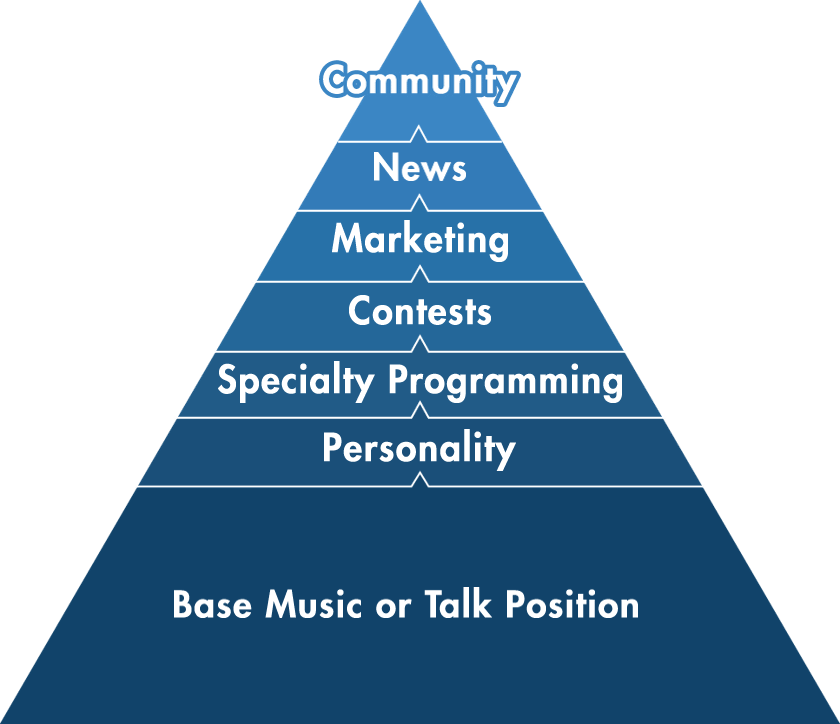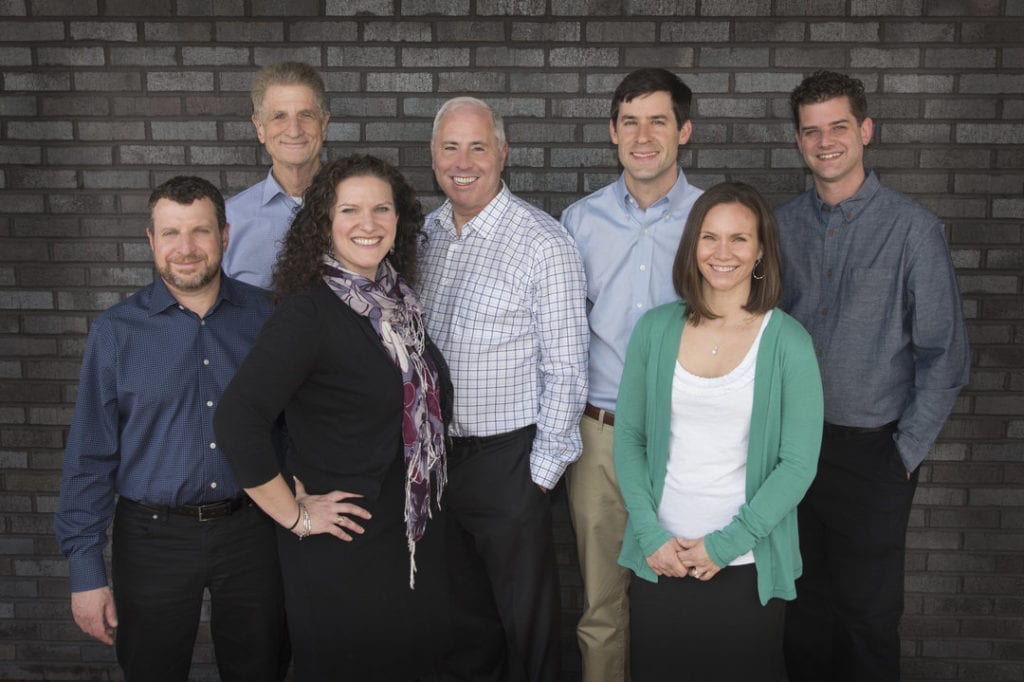
If someone told me a year ago that a virus was sickening people someplace in China (in a place that I had never heard of) and that it would reach my little neighborhood, I would have said “you’re crazy!” Okay, full disclosure, my friend Elliot Segal from DC101 (who reads everything) told me last year that a deadly virus in China was coming here—and my reaction was “yeah right.”
Famous last words.
My naiveté aside, isn’t this the ultimate Butterfly Effect, the chaos theory concept that a small change elsewhere in the world can start a process in motion the leads to very big changes here in America?
The Butterfly Effect question was posed by Edward Lorenz at a 1972 meeting of the American Association for the Advancement of Science: “Does the flap of a butterfly’s wings in Brazil set off a tornado in Texas?”
2020 certainly has been the year of chaos so we might as well learn from it.
One of the big lessons to me in all this is: We are all connected. Every one of us, all across the world, even people in places I never heard of. If I throw a plastic bottle in the trash here, it really does have an impact around the world. We are all in this together.
I also think there are some interesting lessons for media. Viruses spread, but so do great ideas. Create something innovative and provocative and with a little luck, word will spread. It could be something big or small—but done right it can change people. Maybe even change the world.
In his book Contagious: Why Things Catch On, author Jonah Berger offers a number of examples of ideas that spread like wildfire.
One is Blendtec’s “Will It Blend?” videos. A company (Blendtec) took a pretty boring, run-of-the-mill household appliance (a blender) and turned it into a viral sensation. Noticing that founder Tom Dickson was always on the factory floor testing the durability and power of their blenders, marketing director George Wright got an idea. He took a fifty-dollar budget and bought marbles, golf balls, a rake, and a lab coat for Tom.
This turned into a series of “Will It Blend?” videos in which Tom blends everything from swords to Bic lighters to glow sticks. The video in which he successfully blends an iPad has been viewed over 19 million times. As Berger says about Blendtec, “even regular everyday products and ideas can generate lots of word-of-mouth if someone figures out the right way to do it.”
You can go ahead and make fun of “Friday” by Rebecca Black. But how much would it be worth it to you to have everyone know your name and your song? “Friday” was one of the most viral videos of 2011, and later videos by Rebecca Black (some of the songs aren’t bad at all) have racked up millions of views on their own.
“Wassssup!!!” instead of “What’s Up.” That’s it. But we all said it. It was a simple, silly idea from Bud Light that added a word and expression of that word to the English language, spreading like wildfire.
Speaking of silly, years ago while I was working for a Rock station, we wanted to “own” The Who tour coming to Philadelphia. We crafted a special “Double Shot Tuesday” promotion dubbed “Double Shot Tah-WHOs-day”—every time we play a double shot of The Who, you win tickets. Goofy, I know. But 20 years later, any time I mention the day Tuesday with the group of people who worked there, this promotion comes to mind.
“Are we having lunch Tuesday?”
“You mean ‘Tah-WHOs-day’ don’t you Sam?”
And the laughter erupts. One silly promotion, and we’re all connected for decades. Can we make the simple things just a little bit better by dropping them in the blender and seeing if we can get people talking about our content?
Maybe we can change the world today. Or at least make somebody laugh.




